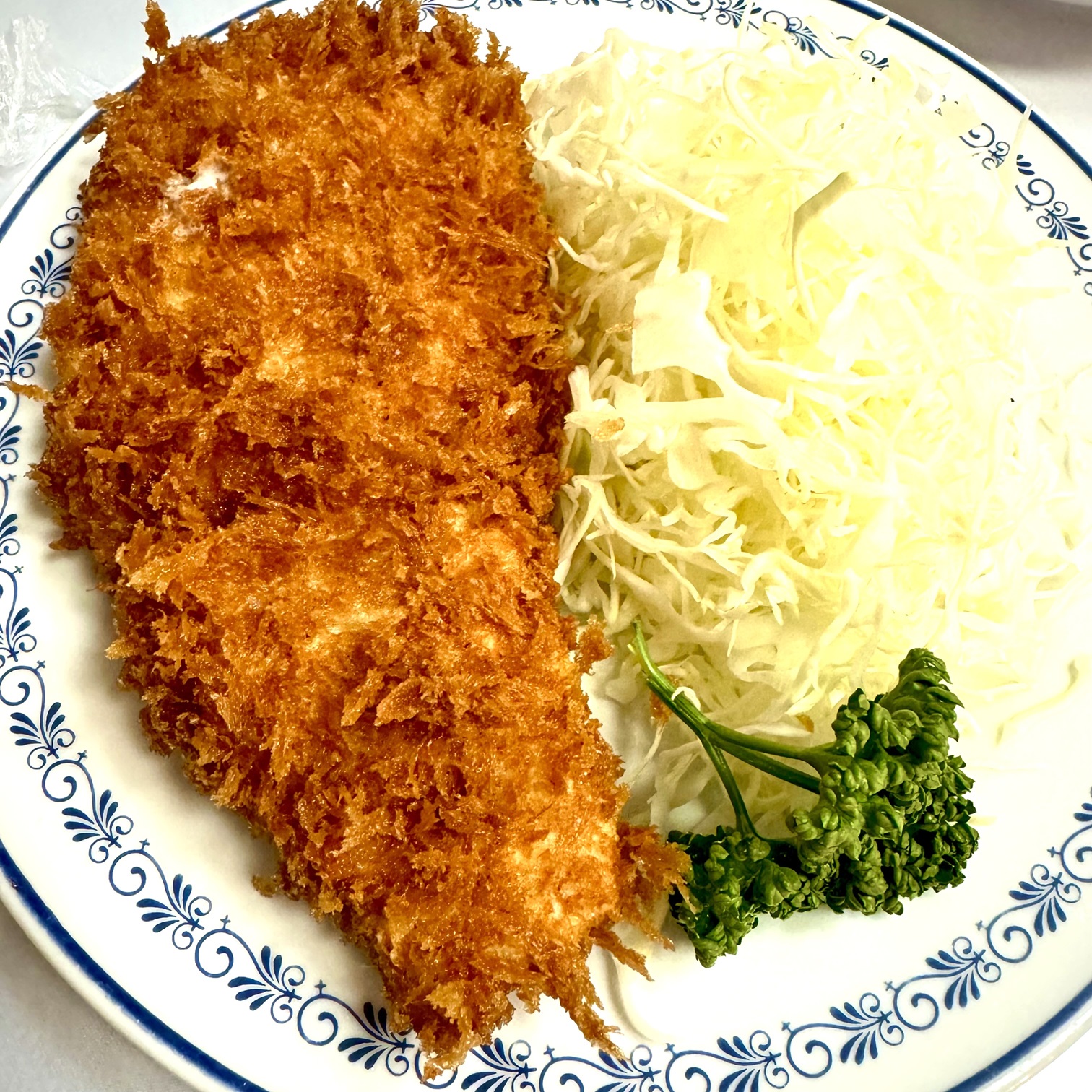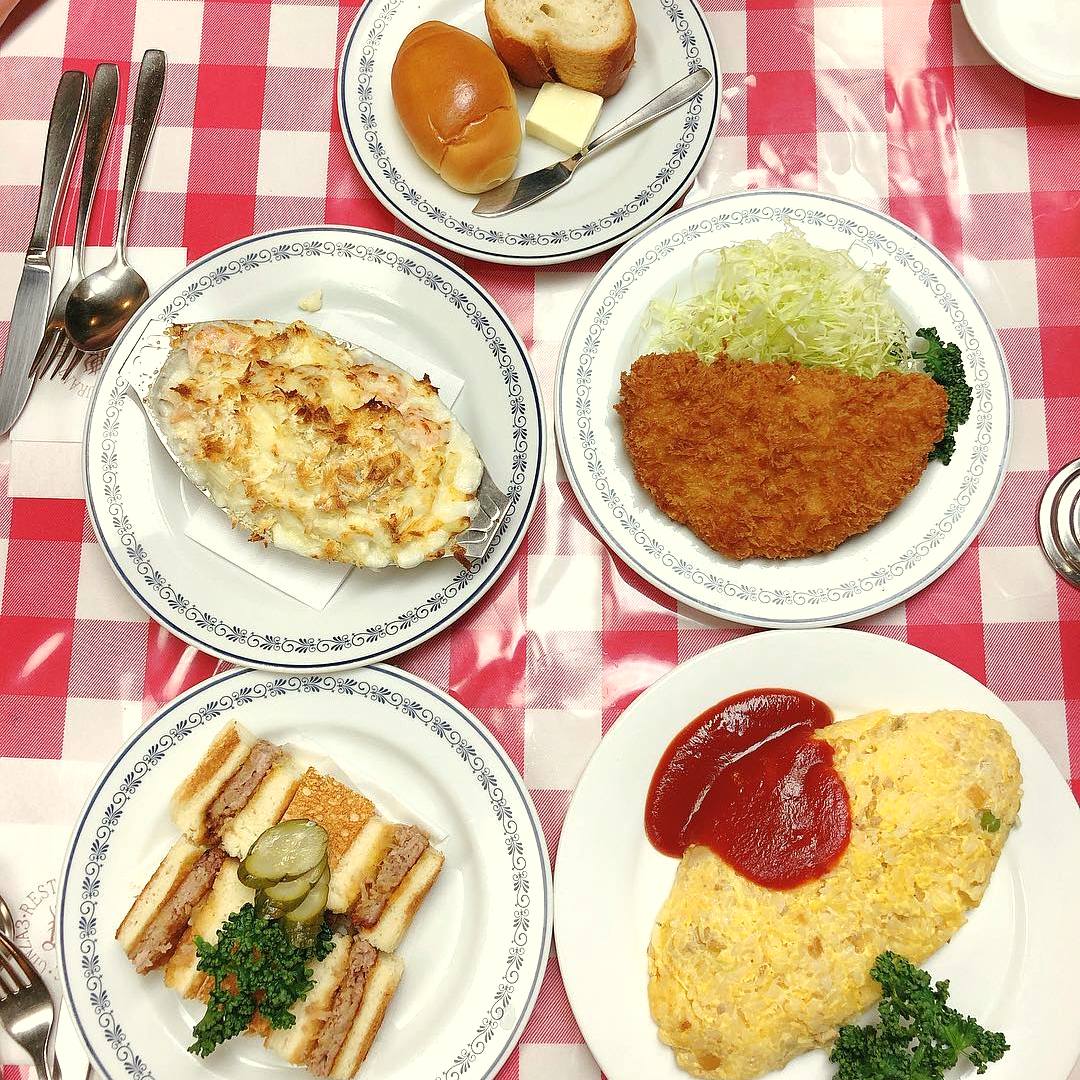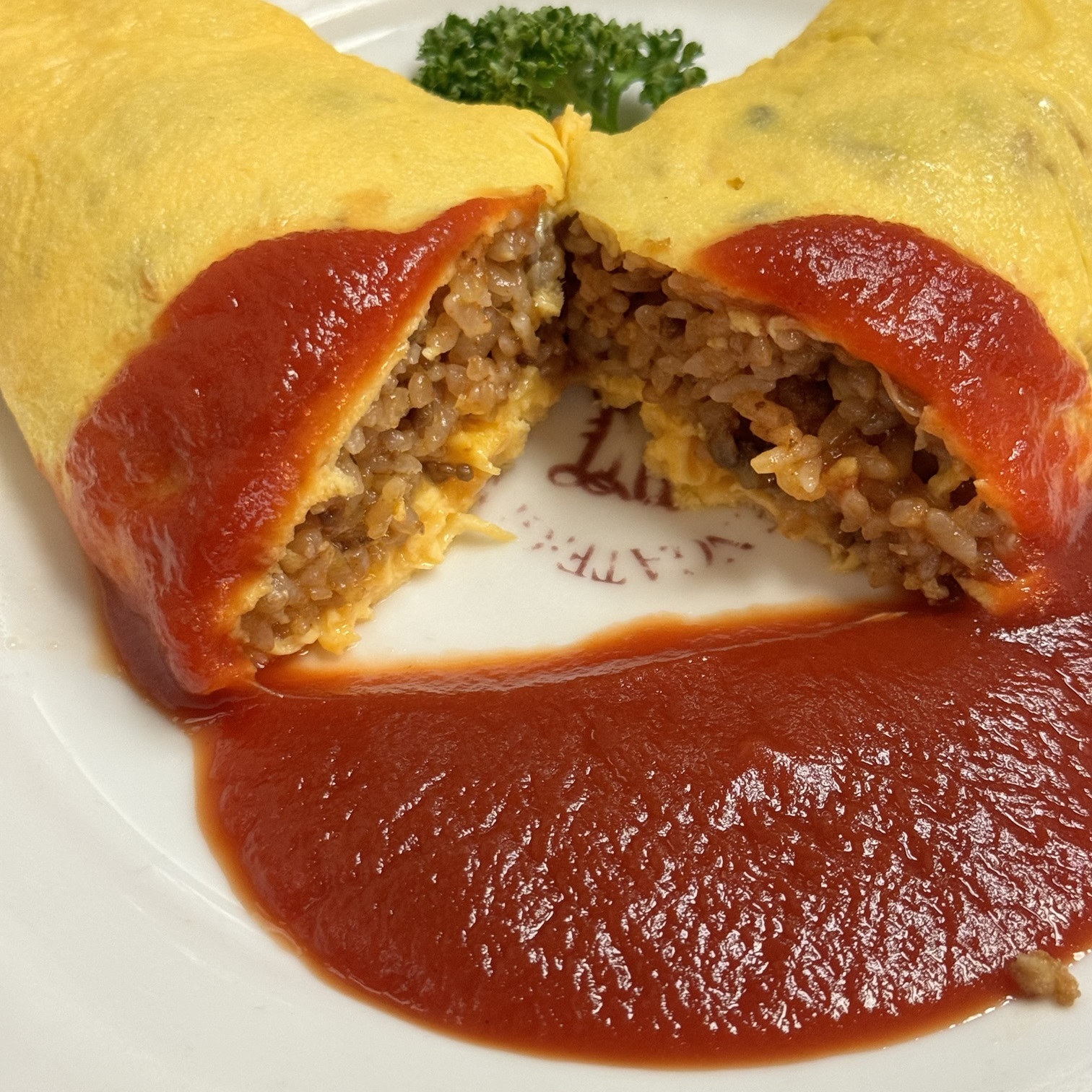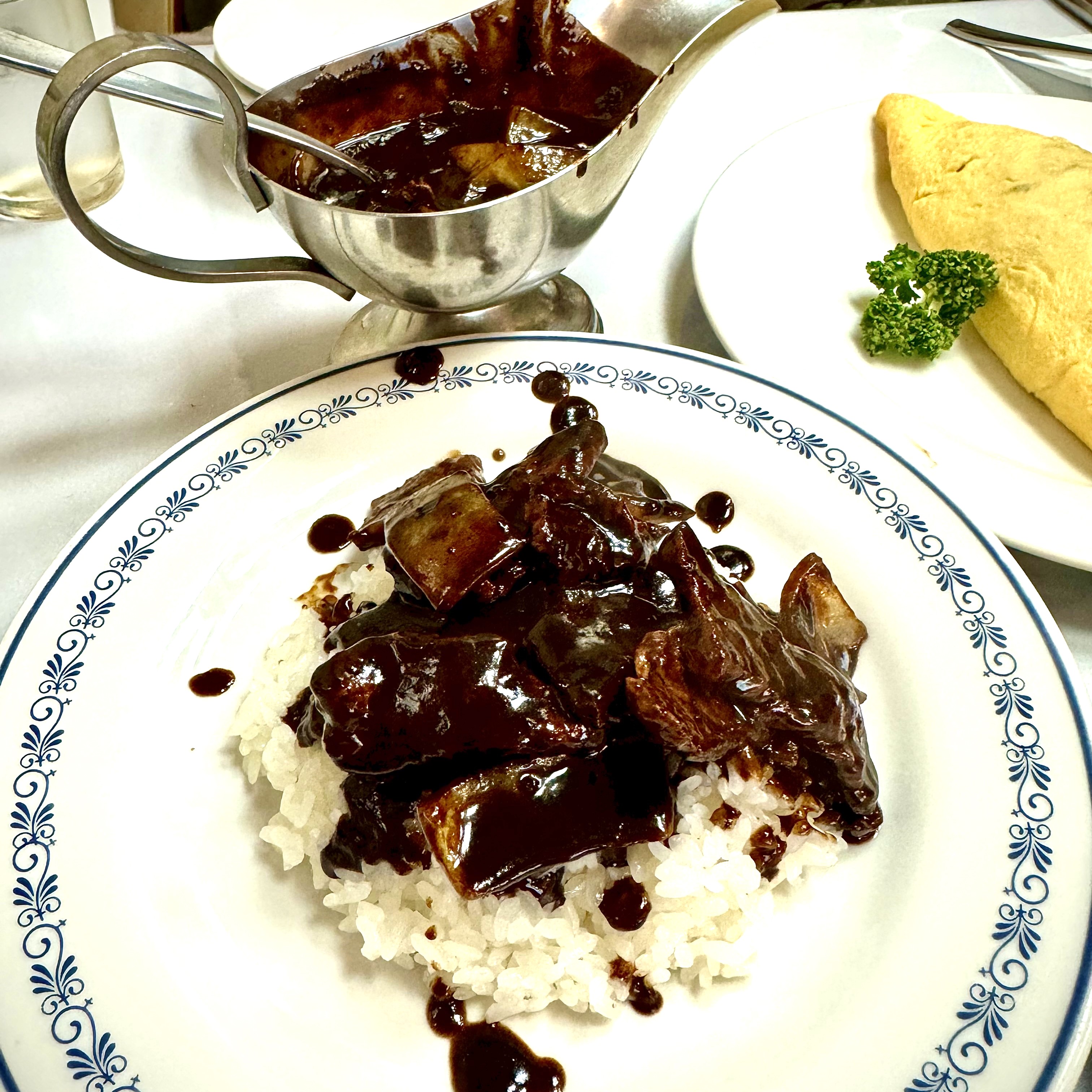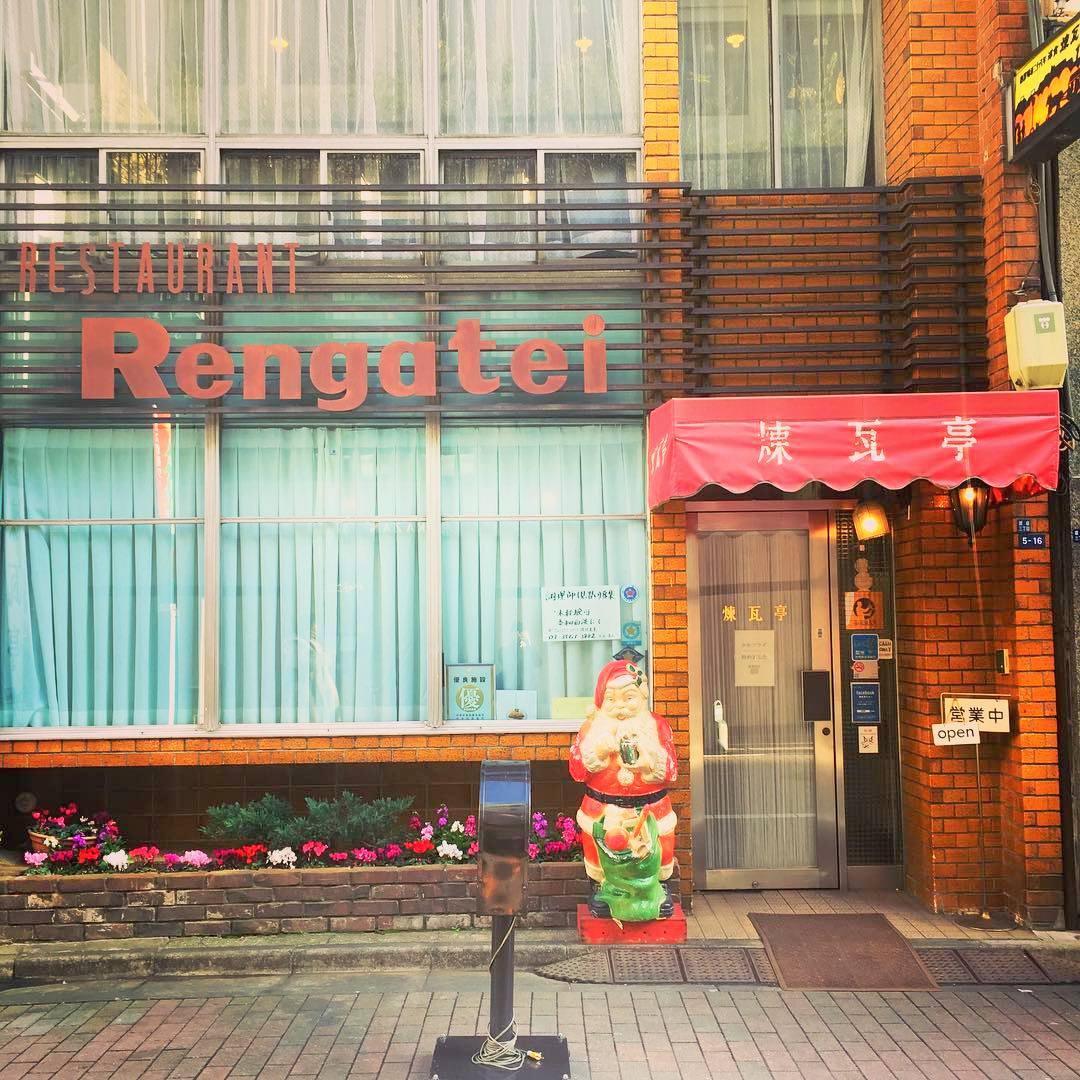Renga-Tei


Tonkatsu and pork cutlet trace their origins to Renga-Tei, a well-established Yōshoku (Japanese-style Western food) restaurant founded in 1895. Motojiro Kida, the second-generation proprietor of Renga-Tei, created the first pork cutlet based on the idea of Italian cotoletta, breadcrumb-coated and deep-fried veal. To create his pork cutlet, Kida cut the pork into thin slices and deep-fried them in vegetable oil. When the Russo-Japanese War broke out, Renga-Tei's short-staffed chefs garnished the pork cutlets with finely shredded cabbage, which was easy to prepare and paired well with the deep-fried pork. Renga-Tei also created other standards of Yōshoku cuisine, such as ebi-furai (fried prawns), omu-rice (rice-stuffed omelet) and Hayashi rice (like a beef stew). Take a trip back in time to Renga-Tei to try foods that have influenced generations and that are genuinely delicious.



